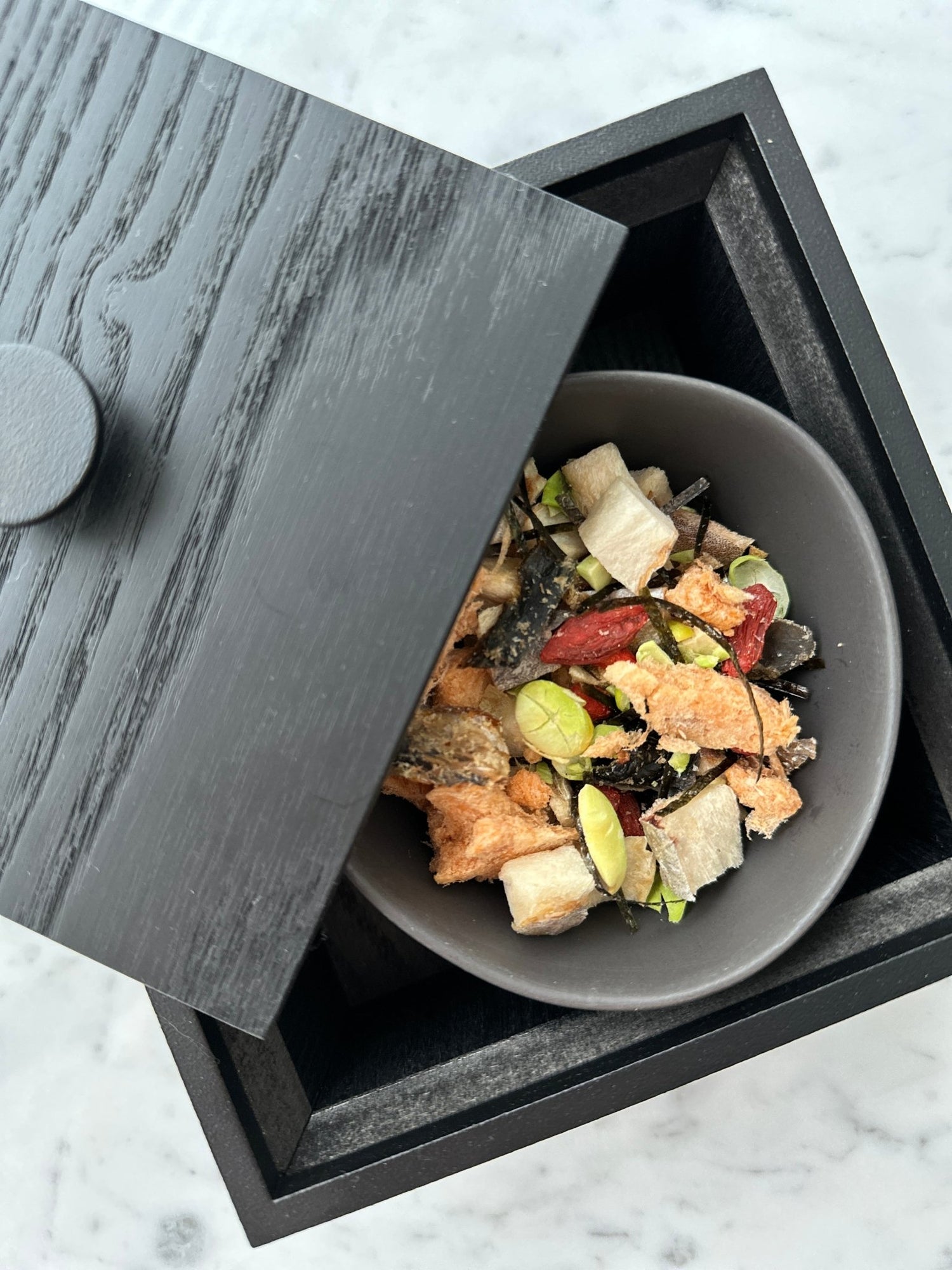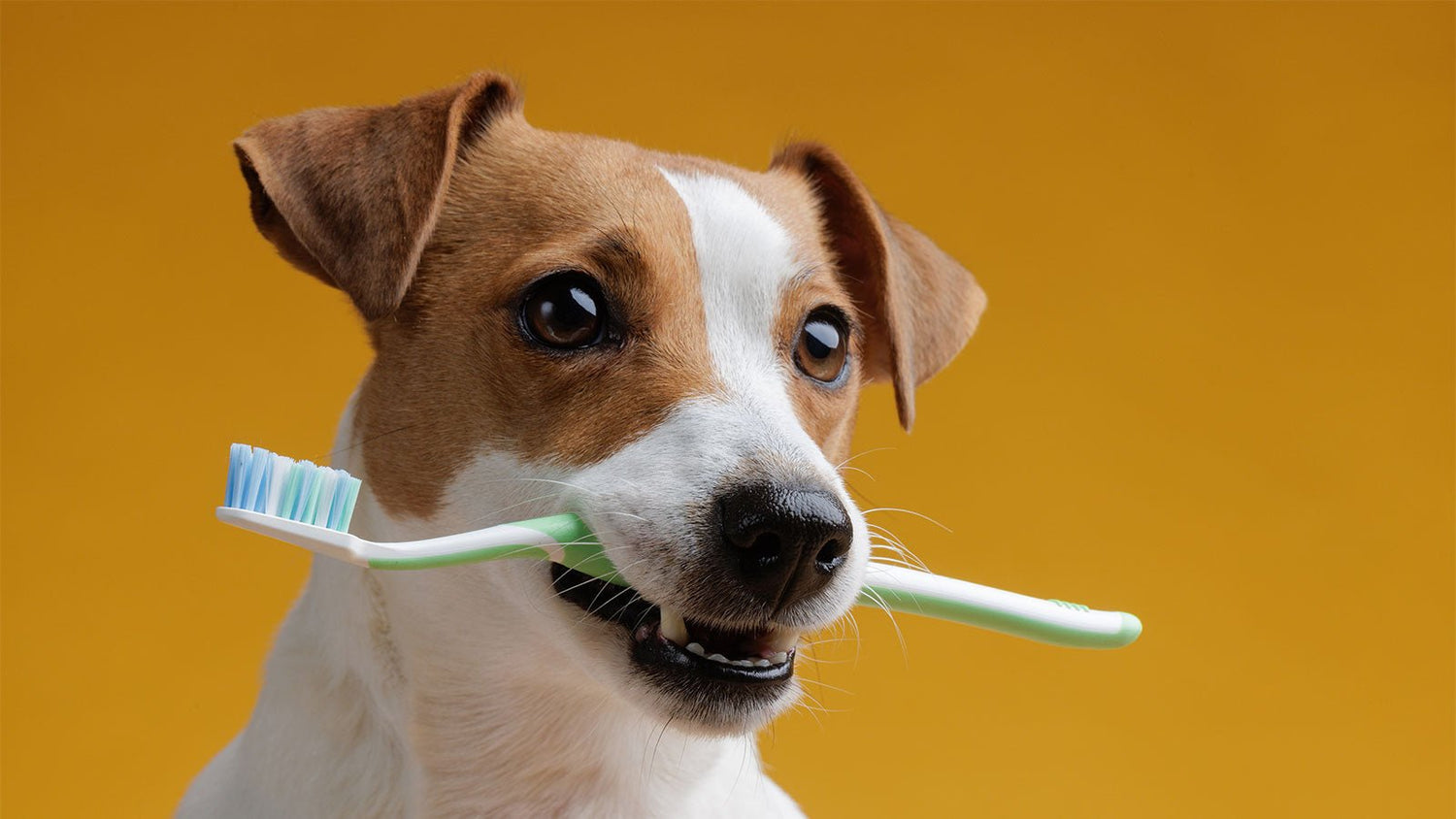This article is contributed by Queena Lee, pawrent to a cockapoo pup @helloimtoffie. To Queena, responsible dog ownership means providing the best she can for Toffie, both mentally and physically. Since the day she got Toffie, it has been a constant learning process for both Toffie and her. She admits the process may not be easy at times, but it is definitely the most rewarding to become better together!
Diet. This is a widely discussed topic in the dog community. What should us, as pet owners, feed our dogs? With all the information out there, it can be hard to decide what diet you should keep your dogs on. One thing that we know for sure is the fact that we want to give our pooches the best that we can because that is what they deserve!
It is important that no matter what you choose to start your dog on, you should maintain a well-balanced diet best suited for them. When in doubt, check in with a vet that you trust to get their professional opinion. Fearmongering is common when it comes to pet food but do not feel pressured to give in to what people tell you because you know your dog best. It is entirely acceptable to feed your dogs a pure kibble diet, a cooked food diet, a freeze-dried diet, a raw diet or a mixed diet. Regardless of what you choose, the amount of food that you give is equally as important. Too much of anything is not good, while too little is not good either. Balance is key.
Kibbles
Compared to the rest of the diet, kibbles, no matter the brand, is a balanced and nutritious diet for a dog. Every kibble is a nutrient-dense morsel that contains the necessary nutrients that domesticated dogs need. Kibbles are created by processing and cooking all the ingredients together. Certain brands offer grain-free diets for pooches who are allergic to grains, while certain brands include grains in their kibbles. Dogs need carbohydrates for energy which is why carbs should not be 100% eliminated from their diet. Dogs on a kibble diet have a reduced risk of dental plaque and bacterial contamination. They also tend to have healthier gums, reduced risk of having their food go rancid.
Cooked Food
Homemade food offers owners the ability to control what goes into their pet's diet. Some dogs have an intolerance for a particular type of food, be it protein, vegetable or grain, and homemade food gives you the flexibility of eliminating or replacing that specific ingredient. Not to mention the immense satisfaction you get when you see your pooch licking up every last bit of the meal you prepared specially for him! Homemade food also allows owners to ensure that their picky eaters eat whatever is prepared since it is catered to their needs. However, making sure that the meals are balanced and formulated by veterinary nutritionists is very important. To avoid situations where you end up feeding your pups unbalanced meals, it is highly recommended to refer to recipes formulated for pets by veterinarians who are board-certified specialists in nutrition or who hold graduate degrees in nutrition.
Another point to note before venturing into the world of home-cooked food for pets is to make sure that you have a clear idea of what they can and cannot eat. Aside from using human-grade meat when prepping their meals, it is also essential to know that certain ingredients can be toxic for them. For example, avocado, onions, macadamia nuts, grapes and more.
Freeze-Dried
Freeze-dried dog food is a type of food made by blending and freeze-drying all the necessary ingredients together. Moisture is drawn out of the food while retaining its nutrient found naturally in the respective ingredients. This method helps to preserve the taste of proteins, which will be a hit amongst your pooches. Owners who want certain benefits of a raw diet and the nutrients found in the cooked food diet can try moving into a freeze-dried diet. This form of diet is more time-efficient than a cooked food diet, but it might not be more cost-efficient. Minimally processed, it is becoming an increasingly popular choice amongst dog owners.
Raw
You would have heard of the raw diet in the pet community and how some owners swear by it. Some benefits that you would hear include a stronger immune system, a shinier coat, healthier skin, cleaner teeth, higher energy levels, smaller and less smelly poop. But there are also certain points that you should note if you are looking into the raw diet. For starters, raw meat might contain certain bacteria that might threaten both humans and dogs, especially if your meat source is not fresh. While whole bones might be a choking hazard to your dog, splintered bones might cause an internal puncture. Like with any other diet, an unbalanced meal is also a huge red flag for dog diets. Similar to cooked food, as mentioned earlier, there are 2 types of raw diets.
- The BARF diet focuses on including meat, bones, organs, fruits, vegetables and supplements.
- The Prey Model Raw (PMR) diet includes meat, bones, organs, feathers and anything related to an animal, excluding fruits and vegetables.
Another point to note about raw diet is that it is generally costlier than the other forms of pet food.
Mixed Food
Some owners choose to mix kibbles with home-cooked food as toppers. Some choose to alternate between cooked and freeze-dried, while some change things up with raw and freeze-dried.
At the end of the day, it is what you are comfortable with. Some owners prefer kibbles because it is the most convenient form of food that will guarantee nutrition. In contrast, some owners prefer cooked food since they have better control of what goes into their pets' diet while eliminating the risks of bacterial infection. There is no right or wrong, in my opinion. Every owner wants the best for their dogs. The most important thing is that you provide water 24/7 and a healthy, balanced diet regardless of what you end up choosing. Always consult your vet or a certified pet nutritionist if you are ever in doubt or if you need guidance in this aspect.
Now that we have covered the different types of meals, let's talk about treats. Which dog doesn't love treats? However, with so many treats out there, which are the ones that you should be giving to your dogs?
For the sake of convenience, some would turn to their nearest pet store to grab some treats off the shelves. While others would prefer to source for single ingredient treats to avoid preservatives and fillers. There are even owners who resort to making their own at home! From training treats to dental chews, there are tons of options that you can choose from but do not be pressured to feed your dogs a particular type of treat just because it is widely promoted.
I have personally purchased a whole range of treats before, from commercial dehydrated treats to homemade treats. As Toffie has quite a sensitive stomach and not the most robust immune system, I try to limit his overall diet, be it meals or treats. Pork and duck are the main proteins his main meals comprise of. The same choice of proteins applies to his treats as well. Our go-to treats for snuffle toys and trick training would definitely be Pork Snuffle Trail Mix by The Dog Grocer and Itsy Bitsy Pork by Wholesome Paws. For owners who are keen to add animal organs to their dog's diet, The Dog Grocer's snuffle trail mixes include organ meat which will help dogs maintain strong muscles, a shiny coat and a healthy heart. If organs are not for you, Wholesome Paw's treats work just as well! Tried and tested on Toffie, who is extremely picky!
When we are out and about for our walks, I will reach for my Pawspiracy Freeze-Dried Raw Treats. Pawspiracy treats are bite-sized and have a softer texture than dehydrated treats, making each morsel perfect as a quick reward during our training sessions. They also have a wide range of protein options, from chicken to lamb and even seafood, to suit the needs of every single puppy!
When it comes to chews, I personally prefer single-ingredient chews like pork tendons, pig's ears and duck feet. Although I occasionally give Toffie off-the-shelf commercial dental treats, I still prefer single ingredient dehydrated chews as I know they are preservative-free. Best suited for a sensitive soul like him. Pork tendons are great as a daily chew to keep Toffie occupied while helping to clean his teeth and duck feet are a great source of glucosamine, especially for a pup like Toffie, who jumps like he is a rabbit.
There are many other treats out there that cater to the needs of different puppies. Meat jerkies, pizzles and bully sticks are a few others that are popular amongst other dog owners as well. With that being said, who doesn't love an endless supply of treats? And I know those puppy eyes are so hard to resist but make sure that the amount of treats given daily is being controlled. We don't want our dogs to become overweight and unhealthy, so remember to watch that waistline!
All views expressed on this site are author's own and do not represent the opinions of any entity whatsoever. The purpose of the article is to share experiences and opinions in general. If you are seeking professional advice, please consult a professional.





